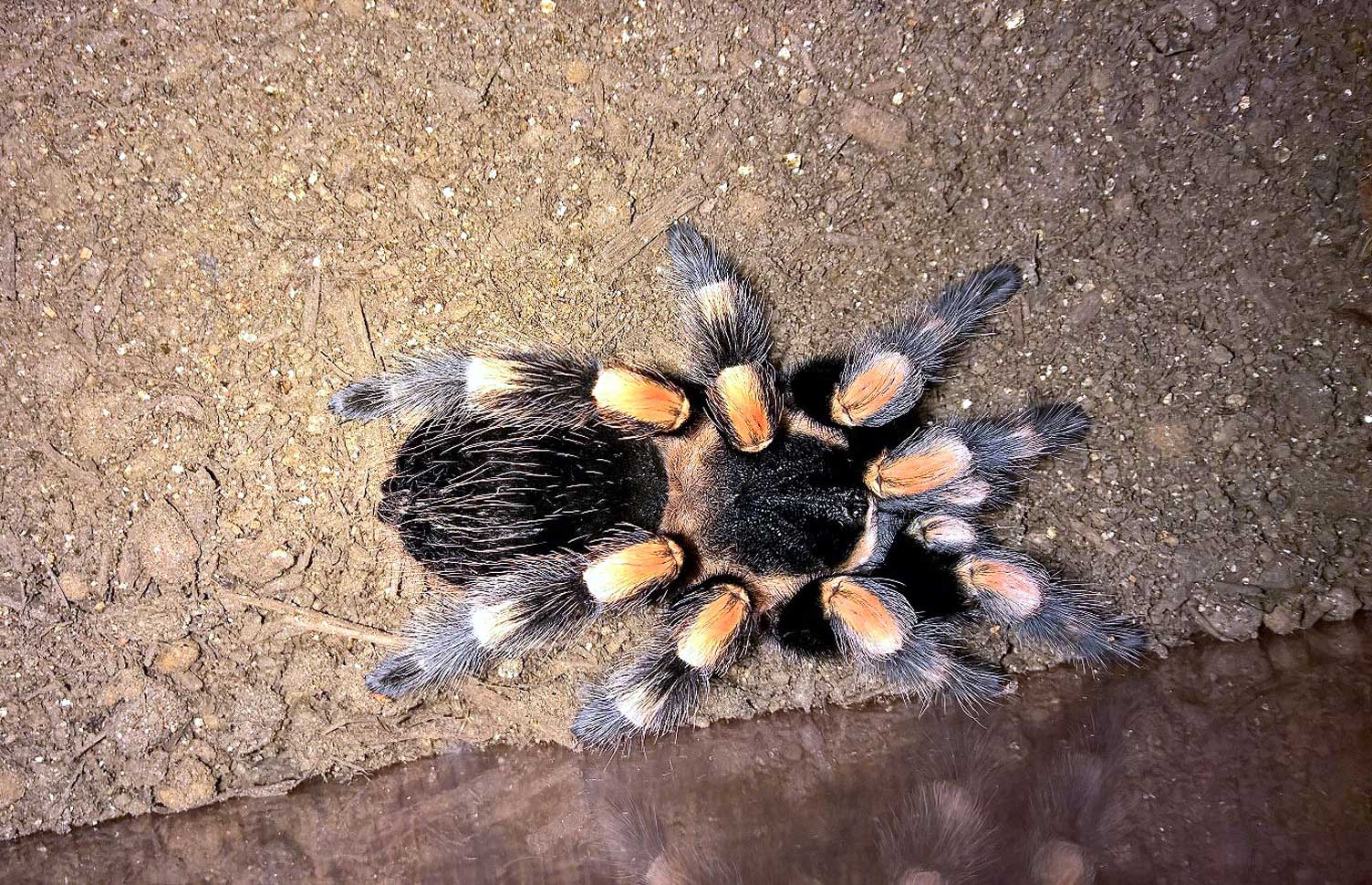- Joined
- Dec 11, 2019
- Messages
- 180
Ive never ever had a problem finding care sheets, and or videos on youtube on husbandry care fore any species. My collection might be a little small though, i only have 25 tarantulas.
I only have 25 t's but between google and youtube ive had no problems finding husbandry information for the genus and species i care for.
thats good information, thank you.
I only have 25 t's but between google and youtube ive had no problems finding husbandry information for the genus and species i care for.
thats good information, thank you.

